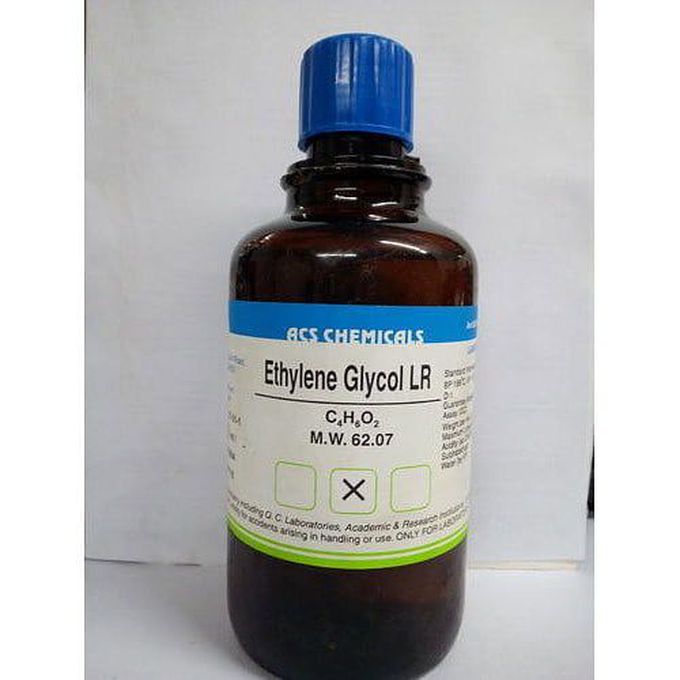


Amazing medical case
A 37-year-old man with a history of depression was found unresponsive at his home with two empty one-liter bottles of antifreeze and a suicide note nearby. Emergency Medical Services were contacted and the patient was taken to a local community hospital. On arrival to the outside hospital, he had a Glasgow Coma Score of 4 with Kussmaul respirations and normal hemodynamics; he was endotracheally intubated. Initial arterial blood gas showed a pH of 6.79 with a pCO2 of 37 mmHg, pO2 of 115 mmHg, and bicarbonate of 5.5 mEq/L. Screening tests for salicylates, acetaminophen, and drugs of abuse were negative. His blood chemistries showed a blood glucose of 232 mg/dL, bicarbonate of 8.4 mEq/L, creatinine of 1.5 mg/dL, and anion gap of 33. He was transferred to our facility and the poison control center was contacted and alerted to suspected ethylene glycol ingestion. Upon arrival to our facility, approximately 3.5 hours after initial presentation, the patient was unresponsive on no sedation. His blood pressure was trending down, though still within normal limits, and he was tachycardic and afebrile. His pupils were sluggish but reactive, and he had spontaneous respirations. His laboratory values were notable for a venous pH of 6.78, anion gap of 43, plasma osmolality of 828 mOsm/kg, osmolality gap of 483 mOsm/kg, and a serum lactate of >30 mEq/L. Calcium oxalate crystals were detected in his urine. His ethylene glycol level was 1254 mg/dL. Screening for other volatile alcohols was negative. The patient received a loading dose of fomepizole on arrival and was started on intermittent hemodialysis. Within minutes after the initiation of dialysis, he suffered a cardiac arrest. Following return of spontaneous circulation, he was started on pressor support and converted to continuous renal replacement therapy. He remained on fomepizole and was also treated with thiamine and folate. Over the course of several hours, the patient’s pupils became fixed and dilated, and he developed progressive hypotension, apnea, autonomic dysfunction, and flattening of the waves on his electroencephalogram. The patient died 22 hours after initial presentation. Autopsy revealed mild cerebral ede
In terms of the patient dying, this is not amazing. I was hopeful reading this that the staff was able to recover him and then disappointed by the wording
Sad to read the outcome was not positive. Mental health is priority


